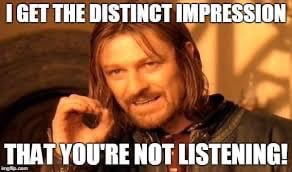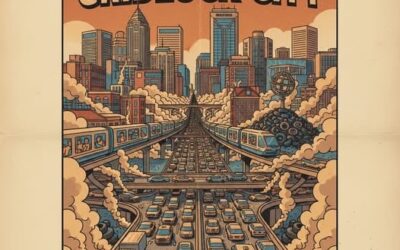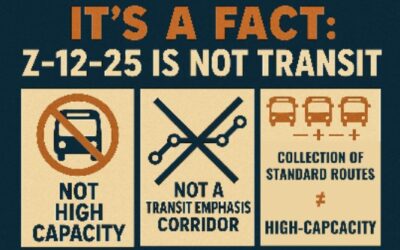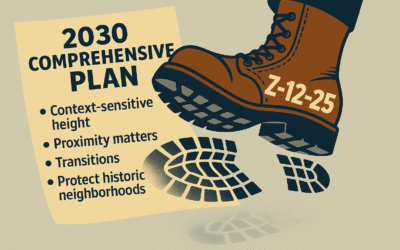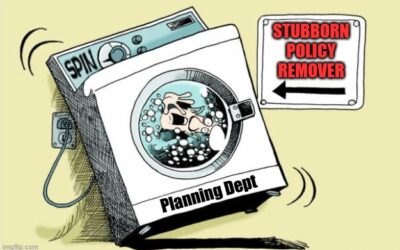It was hard to process the complete lack of interest or support by this City Council for the concerns repeatedly raised by residents. Countless emails, phone calls, meetings, and petitions were met with silence. Council was misled—partly by a Planning Department analysis that failed to identify any policy inconsistencies, and partly by Council member Silver’s one-sided defense that dismissed legitimate concerns raised by residents.
The City is falling behind in infrastructure support
The City does have a plan to support that growth. It is called a Comprehensive Plan. Does the City follow that plan when adding density? Most times, the answer is no!
Mayor Cowell talked compromise for 6 months. What happened?
The approval of Z-12-25 was a huge disappointment to many of the residents in Raleigh’s neighborhoods. What is most disappointing is that there was a workable compromise that would have respected all parties.
Been There, Done That!
The city has grown enormously in the past few years, as people from all over began to recognize it’s a great place to live. But this growth was accompanied by absolutely no planning – or bad planning – which means we are now living in a helter-skelter atmosphere akin to a Third World city in which anything goes. Along with this has come a lapdog attitude when it comes to the city council’s relationship with developers. Sound familiar? This commentary was written 5 years ago in 2019.
Z-12-25 West St Tower – Video – Bring Down the Height
The public hearing for this case will be held Tuesday, October 7 at 7pm. This public hearing will allow ONLY 8 minutes in TOTAL for those in opposition to present their case to City Council. Watch this video outlining the full fact and policy based opposition to Z-12-25. The 240’/360′ towers, in a transition area, 776′ along Historic Glenwood-Brooklyn Neighborhood only 190′ to 240′ feet from homes violates all plans, polices, urban planning guidelines and logic.
Z-12-25 does NOT meet Transit Land Use criteria
For a site to be designated as a Transit Land Use category, it must meet the definition “fronting along a corridor programmed for high-capacity, frequent bus transit.” The West St site meets ONLY the frequent transit criteria but fails the other two. It does not qualify for the Transit Land Use category.
Planning Department Fantasy!
Our Comprehensive Plan says building heights should transition from the Central Business District to residential neighborhoods. The planner says 30 stories is transition. FANTASY!!
Z-12-25 Stomps on Raleigh’s Comp Plan
Raleigh has the tools and the policies to manage growth responsibly. Z-12-25 ignores them. Approving this rezoning would not only damage a historic neighborhood but also set a precedent that threatens every neighborhood in Raleigh. The Comprehensive Plan shows us the path forward: moderate, context-sensitive growth that strengthens, not undermines, our city’s future.
Honor the Process. Planning Runs Policies thru the Spin Cycle
The materials being presented by the Planning Department in support of Z-12-25 do not create a complete picture or analysis that is useful for basing your decision on this third round of change requests for these particular parcels. A good analysis of compatibility should take a broad view of relevant rules, plans and guidance, and it should reflect stakeholder input with integrity. Given the inadequacies of the materials provided to you, there is no way you can come to a rational conclusion of consistency with the comprehensive plan.
Selective Policy Emphasis and a Disregard for Neighborhood Protections
Are we just counting which policies are convenient for a project and ignoring the ones that aren’t? This isn’t about stopping growth. It’s about rejecting a project that ignores codified transition areas, disregards protections for historic neighborhoods, and offers no real public benefit for on-site affordable housing.

